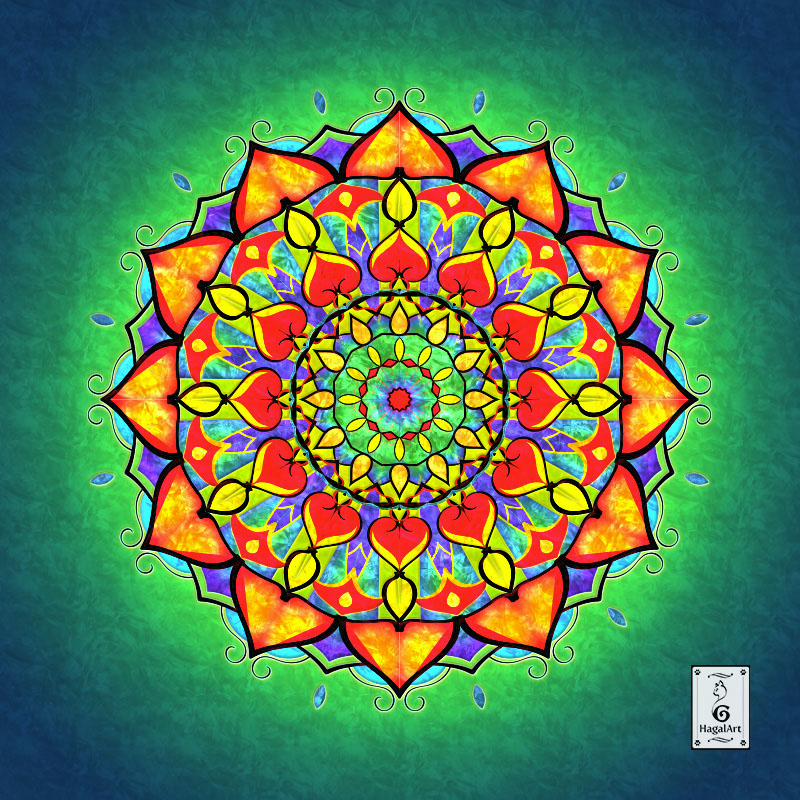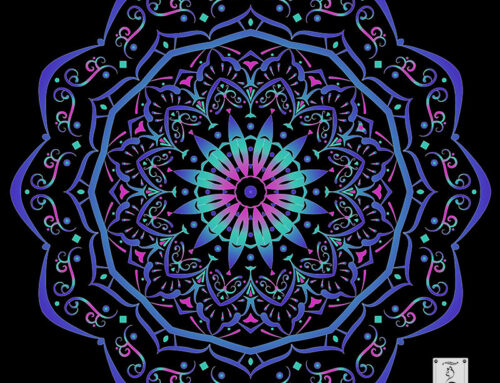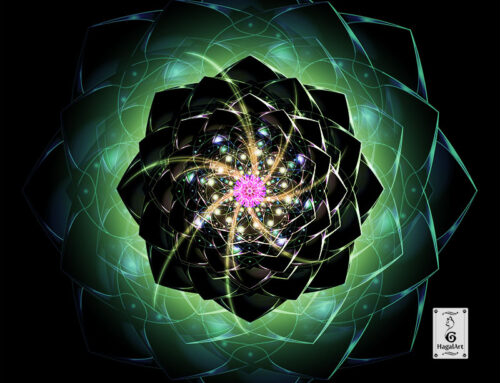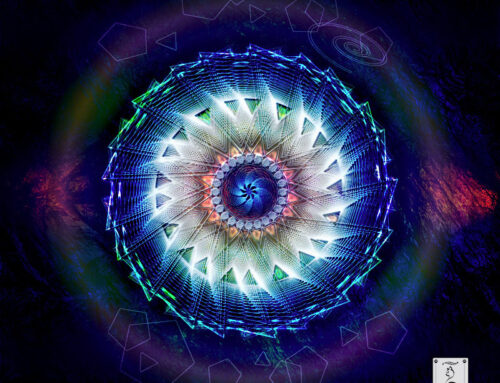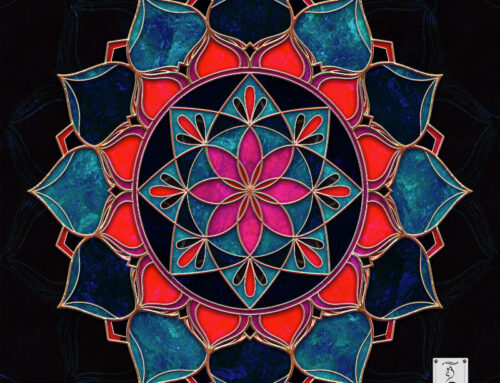This mandala canvas print features a vibrant and intricate design, created with a purposeful selection of colors that hold significant meanings. Each color carries its own symbolism, adding depth and intention to the artwork.
- Green: The color green is a symbol of growth, renewal, and harmony. It represents balance and nature, fostering a sense of rejuvenation and connection to the environment. Green is known to bring a feeling of peacefulness, promoting a sense of wellbeing and promoting positive energy.
- Orange: Orange represents enthusiasm, creativity, and vitality. It combines the energy of red and the happiness of yellow, offering a sense of warmth, motivation, and enthusiasm. Orange stimulates the mind, sparks inspiration, and encourages a positive outlook.
- Yellow: Yellow is associated with sunshine, joy, and happiness. It is a vibrant color that symbolizes optimism, enlightenment, and mental clarity. Yellow can uplift moods, boost energy levels, and encourage creativity, making it perfect for promoting a positive and bright atmosphere.
- Red: Red is often associated with strong emotions, particularly love and passion. It is a vibrant and energetic color. It is often used to convey a sense of power, strength, and vitality. In certain cultures, red is considered a symbol of luck and prosperity. It is often used in celebrations and rituals to bring good fortune. Red is a warm color, and it is often linked to feelings of warmth and comfort. It can create a sense of coziness and intimacy.
The vibrant and meaningful colors of this mandala aim to create a soothing and harmonious ambiance, making it a perfect addition to any space where you wish to find well being and comfort.
WHAT IS A MANDALA
A mandala is a sacred geometric design that originated in ancient religious and spiritual traditions. It is often depicted as a circle with intricate patterns and symbols radiating from the center. The word “mandala” comes from the Sanskrit word for “circle,” and it represents the universe or the sacred space within it.
Mandalas are used as tools for meditation, spiritual reflection, and personal growth. They are believed to help individuals connect with their inner selves, find balance and harmony, and tap into a higher state of consciousness.
The design of a mandala is highly symbolic. The circular shape represents wholeness and unity, reminding us of the interconnectedness of all things. The center of the mandala is considered the focal point, representing the center of our being or the divine essence within us.
Creating or engaging with mandalas can be a transformative practice, offering a pathway to inner peace, self-discovery, and spiritual growth.

